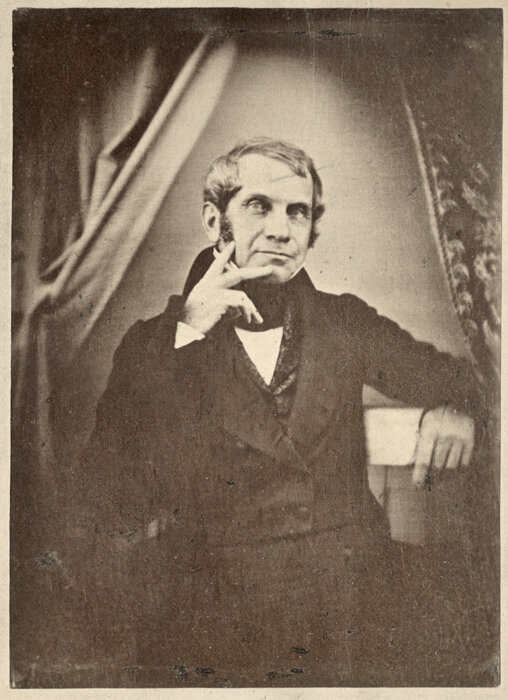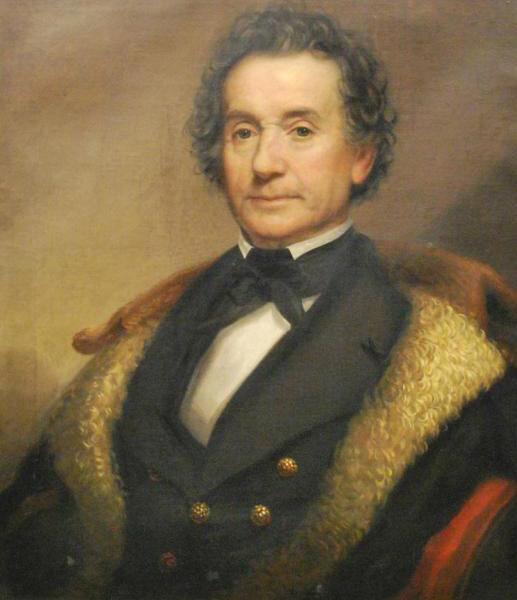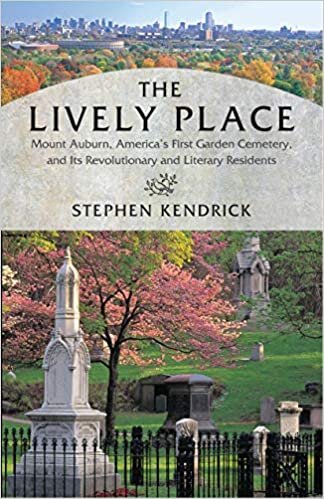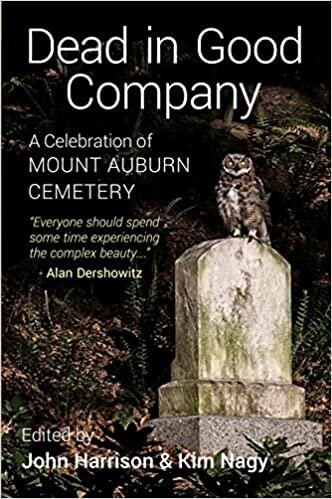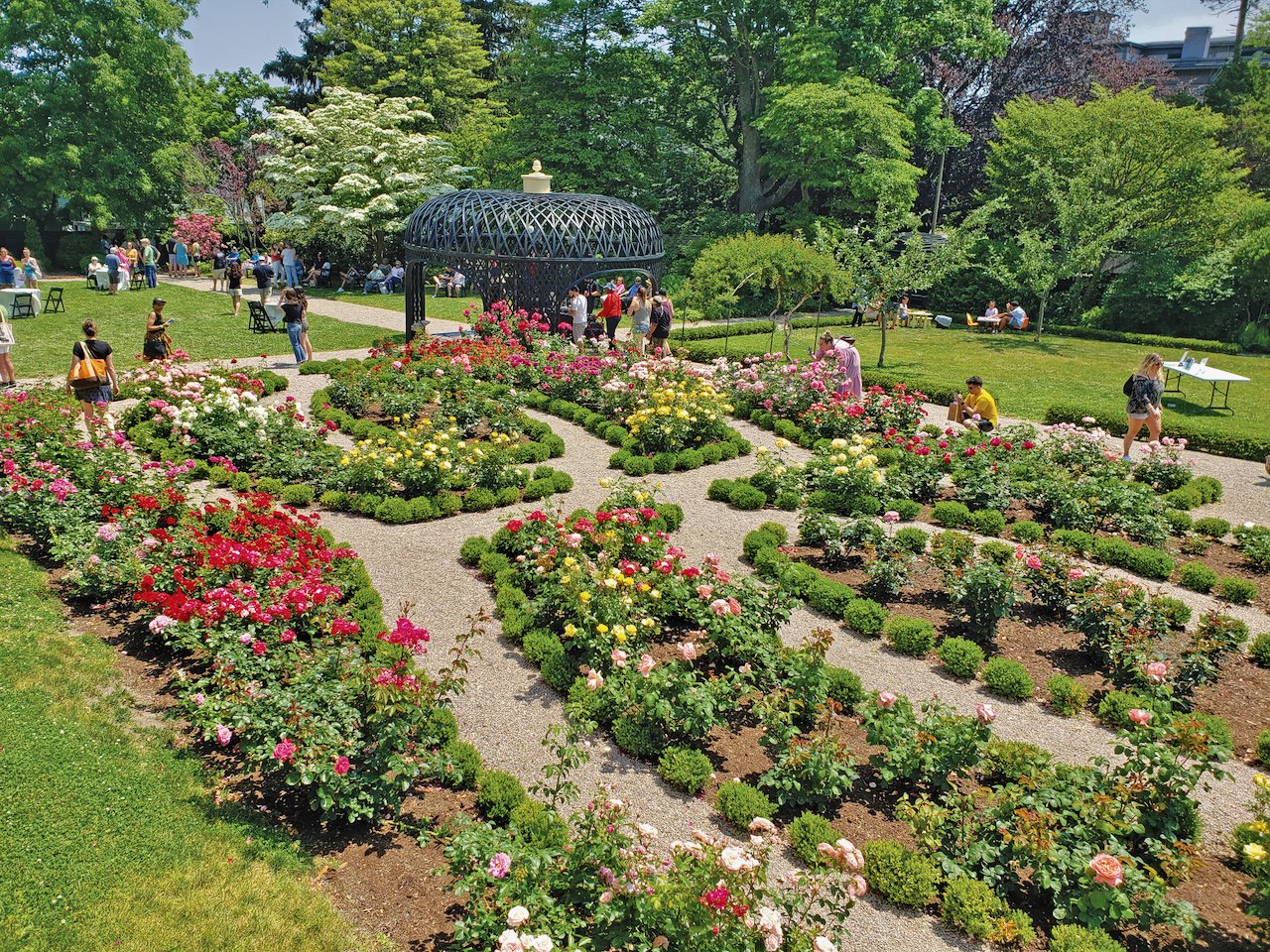Sweet Auburn: America’s First Garden Cemete
/Photo: Mt. Auburn Cemetery
Located four miles outside of Boston, Mount Auburn was America’s first designed rural cemetery. It also gave rise to the American park movement and became an eminent horticultural institution. Today, it is beloved by nature, landscape and history buffs, and is an excellent destination to explore in autumn.
In the early 19th century, Dr. Jacob Bigelow (left), a Boston physician and Harvard professor, became concerned that crowded cemeteries in congested urban areas might promote the spread of contagious diseases. At that time, most city residents were buried in churchyards or vaults below churches, and as the population of Boston grew, these options became untenable. Dr. Bigelow developed the vision of a burial place located on the outskirts of the city, with family burial lots sited in a landscaped setting filled with trees, shrubs, and flowers. In 1831, the newly formed Massachusetts Horticultural Society agreed to take a lead role in developing the first rural cemetery. They found a 72-acre farm in Watertown and Cambridge that was ideal and featured a 125-foot central mount that provided spectacular views of Boston and Cambridge.
Henry A.S. Dearborn (above right), President of the Massachusetts Horticultural Society, was largely responsible for the cemetery’s design. He incorporated ideas from the English picturesque landscape style and the Père Lachaise Cemetery in Paris into his plan for Mount Auburn. The picturesque style celebrated nature and embraced the topography and unique physical characteristics of a site. It also incorporated architectural elements such as castles, rustic cottages, and Gothic ruins into its design, which was particularly suited to a cemetery with its statuary and mausoleums. Dearborn partnered with civil engineer Alexander Wardworth in laying out winding roads that followed the natural contours of the land, and retaining naturalistic elements such as wooded areas and ponds. He also established a separate experimental garden at Mount Auburn, planted with many domestic and exotic varieties of fruits, flowers, and vegetables. As news of the garden cemetery spread, horticulturalists from around the world sent gifts of seeds.
The popularity of the new cemetery grew, and lots sold quickly. It was open to all races and religions, and became a popular choice for Boston’s African Americans in the 19thcentury. It also became the final resting place for such prominent Bostonians as Mary Baker Eddy, Isabella Stewart Gardner, Winslow Homer, and Henry Wadsworth Longfellow. In 1835 the cemetery became a private nonprofit corporation, ended its partnership with the Massachusetts Horticultural Society, and the experimental garden was discontinued.
By the mid-1800s, the site was internationally renowned as a horticultural attraction and pleasure ground, with picturesque landscapes, winding paths, a variety of horticulture, and sculptural art. Its success inspired the designs of other cemeteries, and launched the American parks movement. Today, the cemetery still upholds Bigelow’s natural, oasis-like vision, and has grown to 175 acres. The cemetery is planted with more than 5,000 trees spanning 600 varieties. They include Japanese umbrella pines, yellowwoods, amur cork trees, plane trees, weeping cherries, sweetgum, and weeping pagoda trees. Mount Auburn has become a world-renowned ornamental horticultural landscape, a National Historic Landmark, and a leader in historic landscape preservation and ecologically sustainable landscaping. Sweet Auburn, as it came to be called, continues to function as an active cemetery and a pastoral landscape that is visited each year by more than 200,000 people from around the world.
Mount Auburn Cemetery is open daily 8 am–7 pm at 580 Mount Auburn St., Cambridge, MA 02138, (617) 547-7105, mountauburn.org.
An excerpt from The Garden Tourist’s New England.
Two books explore the history and wildlife of the cemetery. The Lively Place by Stephen Kendrick, tells the history of the cemetery:
“When Mount Auburn Cemetery was founded, in 1831, it revolutionized the way Americans mourned the dead by offering a peaceful space for contemplation. This cemetery, located not far from Harvard University, was also a place that reflected and instilled an imperative to preserve and protect nature in a rapidly industrializing culture—lessons that would influence the creation of Central Park, the cemetery at Gettysburg, and the National Parks system. Even today this urban wildlife habitat and nationally recognized hotspot for migratory songbirds continues to connect visitors with nature and serves as a model for sustainable landscape practices. Beyond Mount Auburn’s prescient focus on conservation, it also reflects the impact of Transcendentalism and the progressive spirit in American life seen in advances in science, art, and religion and in social reform movements. In The Lively Place, Stephen Kendrick celebrates this vital piece of our nation’s history, as he tells the story of Mount Auburn’s founding, its legacy, and the many influential Americans interred there, from religious leaders to abolitionists, poets, and reformers.”
Dead in Good Company is a collection of of essays, poems and wildlife photographs of Mount Auburn Cemetery edited by John Harrison and Kim Nagy.
“An amazing group of authors have come together to celebrate this unique resource - including Harvard Law professor emeritus Alan Dershowitz; historical novelist William Martin; former Mayor of Boston and Ambassador to the Vatican, Ray Flynn; Boston author and television icon, Hank Phillippi Ryan; Pulitzer Prize winner, Megan Marshall; mystery/true-crime author Kate Flora; mystery author Katherine Hall Page; medical thriller author Gary Goshgarian (Braver); broadcasting legend Upton Bell; world renowned bird guide author and artist David Sibley; drama critic, author and host of the Theatre World Awards, Peter Filichia; screen writer, author Chris Keane; Mass Audubon's Wayne Petersen; Talkin' Birds radio host, Ray Brown; author, naturalist Peter Alden; founder of Project Coyote, Camilla Fox; Director of the World Bird Sanctuary, Jeff Meshach; senior scientist for wildlife at the Humane Society of the United States, John Hadidian; historian Dee Morris; and sports writer and commentator, Dan Shaughnessy.”
You Might Also Like



